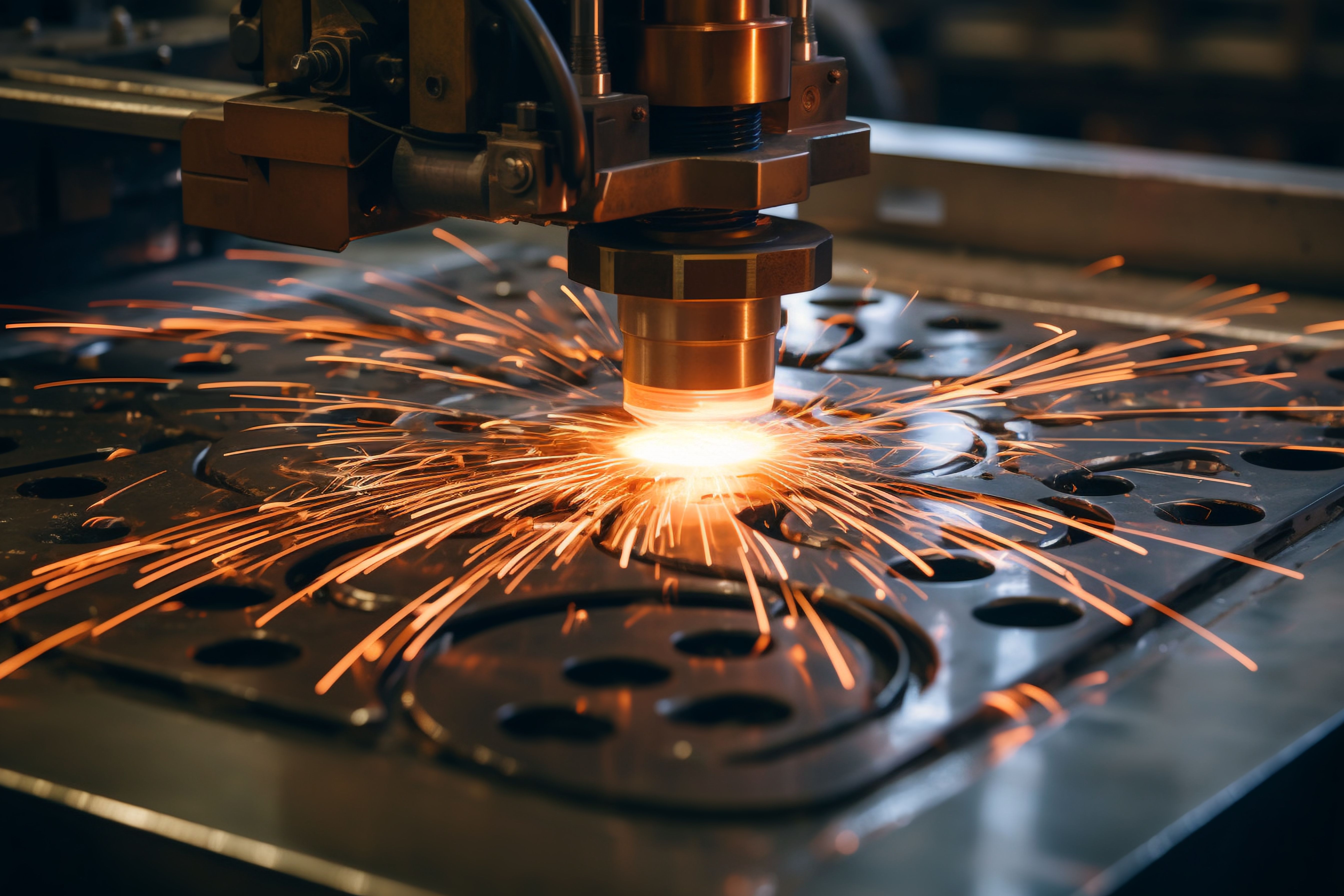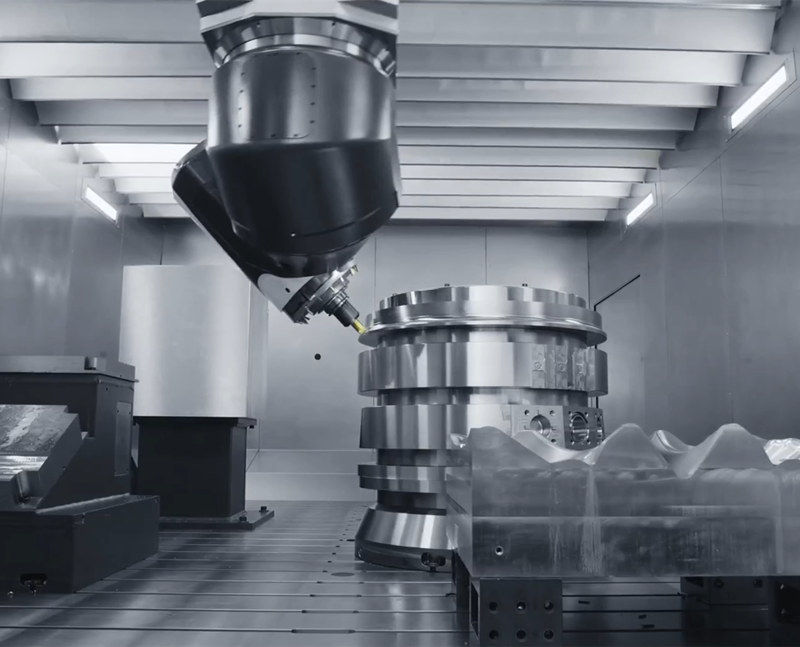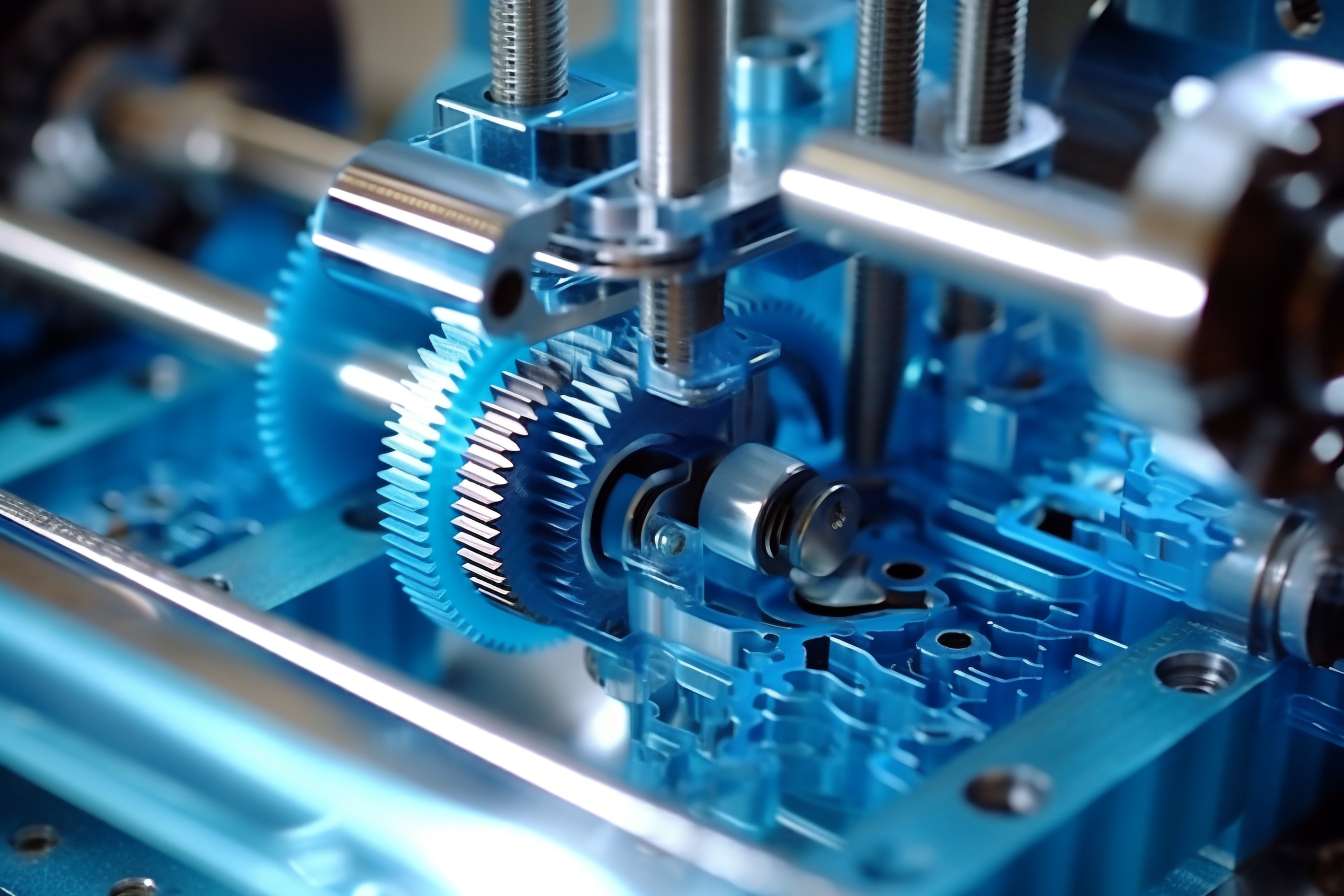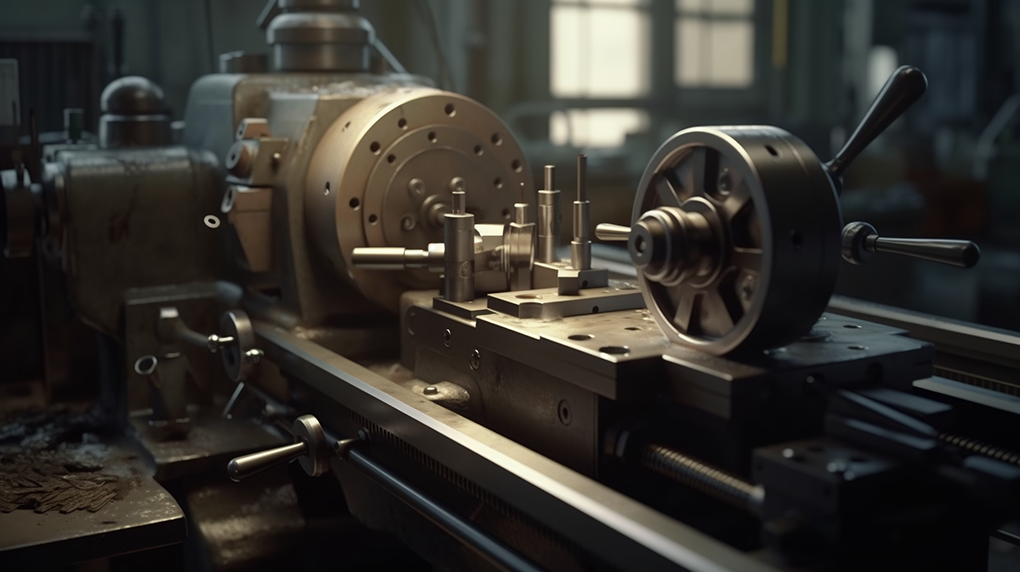Difference between CNC machining and traditional manual machining
Release time:
2024-09-09
In today's manufacturing industry, CNC machining and traditional manual machining are the two main processing methods. They each have unique characteristics and application scenarios, and there are many significant differences between them.
1. Processing accuracy
CNC machining is known for its high degree of accuracy. CNC machine tools control the movement trajectory of the tool through pre-written programs and can achieve very high machining accuracy. The error can be controlled within a very small range, usually at the micron level or even higher. For example, in the aerospace field, the accuracy of parts is extremely high, and CNC machining can ensure that the size and shape of each part strictly meets the design requirements. Traditional manual processing mainly relies on the experience and skills of craftsmen, and the processing accuracy is relatively low. Even skilled craftsmen are unable to avoid errors caused by human factors, such as vision errors, hand shaking, etc. In addition, the accuracy of manual processing will be affected by tool wear, environmental factors, etc., making it difficult to ensure the accuracy and consistency of each part.

2. Production efficiency
CNC machining has huge advantages in terms of production efficiency. CNC machine tools can run continuously and automatically process according to preset programs, without the need for frequent manual adjustments and operations like traditional manual processing. This greatly reduces downtime during processing and improves production efficiency. At the same time, the high-speed cutting capability of CNC machining also greatly increases the processing speed. For example, in the automobile manufacturing industry, CNC machining can quickly produce a large number of high-precision parts to meet the needs of mass production. The traditional manual processing speed is slow, workers need to spend a lot of time to operate, the labor intensity is high, and the production efficiency is low. Especially in mass production, the advantages of CNC machining are more obvious.
3. Processing complexity
CNC machining can easily handle complex-shaped parts. Through multi-axis linkage technology, CNC machine tools can achieve high-precision processing of complex curved surfaces, special-shaped structures, etc. Programmers can accurately control the movement trajectory of the tool in three-dimensional space according to the design requirements of the part, and complete processing tasks of various complex shapes. However, traditional manual processing is more difficult to process parts with complex shapes. Craftsmen need to rely on rich experience and superb skills to use various hand tools for step-by-step processing. Not only is the processing process cumbersome, but the processing quality is difficult to guarantee. For example, in mold manufacturing, CNC machining can accurately machine complex mold cavities, while traditional manual machining is difficult to achieve such precision and complexity.
4. Working environment and labor intensity
CNC machining equipment is usually equipped with good protective devices and chip removal systems, which can reduce noise, dust and chip splash during processing and improve the working environment. Operators only need to perform programming, equipment monitoring and simple maintenance work, greatly reducing labor intensity. In contrast, traditional manual processing often requires workers to perform heavy physical labor in relatively harsh environments. Workers need to stand for long periods of time to operate hand tools, which makes them prone to fatigue and susceptible to hazards such as noise and dust. In addition, there are certain safety risks in manual processing, such as scratches from tools and injuries from heavy objects.
5. Cost
From the perspective of equipment investment, the initial investment in CNC processing equipment is relatively large. CNC machine tools are expensive and require professional programmers and maintenance personnel, which are costly. The tools required for traditional manual processing are relatively simple and low cost. However, in mass production, the high efficiency and high precision of CNC machining can reduce the cost per unit part. Because CNC machining can quickly and accurately produce a large number of high-quality parts, the scrap rate and rework rate are reduced, thereby reducing production costs. However, the cost disadvantages of traditional manual processing in mass production are gradually emerging. Low production efficiency results in a limited number of parts produced per unit time and relatively high labor costs.
To sum up, there are obvious differences between CNC machining and traditional manual machining in terms of machining accuracy, production efficiency, machining complexity, working environment and cost. CNC machining is suitable for processing high-precision, large-volume, and complex-shaped parts, while traditional manual machining still has its application value in small batches, single-piece customization, or some special process requirements. With the continuous advancement of science and technology, CNC machining technology will continue to develop and improve, and its position in the manufacturing industry will become increasingly important. However, the skills and cultural value contained in traditional manual processing cannot be ignored, and it will continue to play a role in specific fields.
Key Words






